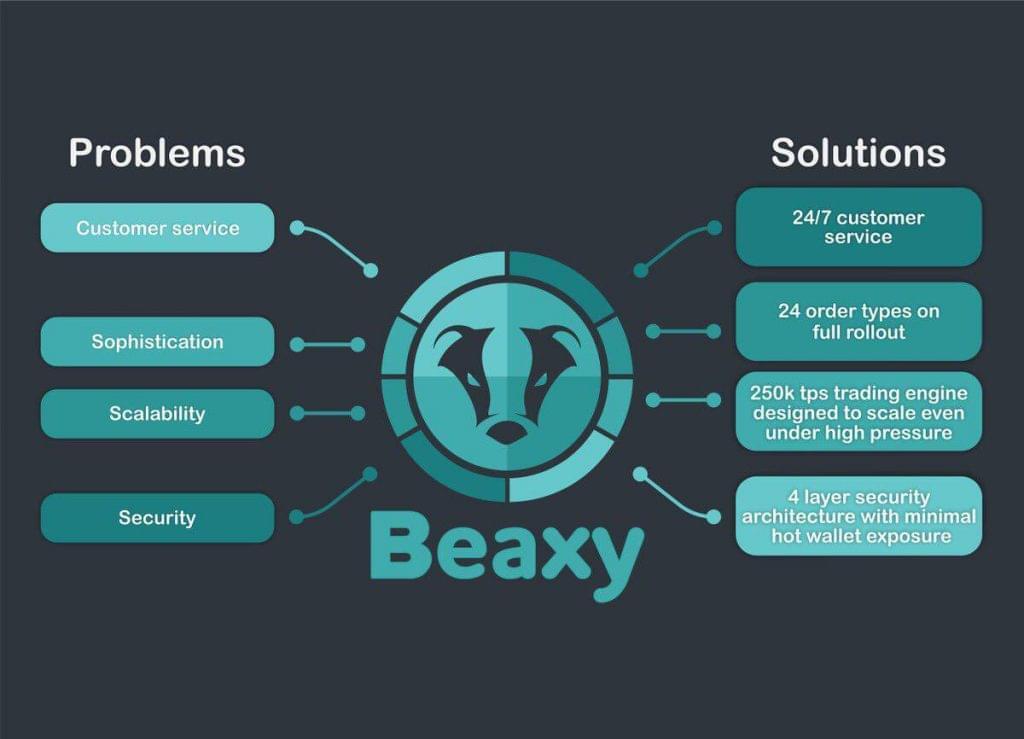
For a short tax year beginning on the first day of a month or ending on the last day of a month, the tax year consists of the number of months in the tax year. If the short tax year includes part of a month, you generally include the full month in the number of months in the tax year. You determine the midpoint of the tax year by dividing the number of months in the tax year by 2.
- You also generally continue to use the same depreciation method and convention used for the exchanged or involuntarily converted property.
- Depreciation is thus the decrease in the value of assets and the method used to reallocate, or “write down” the cost of a tangible asset (such as equipment) over its useful life span.
- You may not be able to use MACRS for property you acquired and placed in service after 1986 if any of the situations described below apply.
- For more information and special rules, see the Instructions for Form 4562.
This use of company automobiles by employees, even for personal purposes, is a qualified business use for the company. Under the allocation method, you figure the depreciation for each later tax year by allocating to that year the depreciation attributable to the parts of the recovery years units of production method that fall within that year. Whether your tax year is a 12-month or short tax year, you figure the depreciation by determining which recovery years are included in that year. For each recovery year included, multiply the depreciation attributable to that recovery year by a fraction.
Why Do We Amortize a Loan Instead of Depreciate a Loan?
If this convention applies, the depreciation you can deduct for the first year that you depreciate the property depends on the month in which you place the property in service. Figure your depreciation deduction for the year you place the property in service by multiplying the depreciation for a full year by a fraction. The numerator of the fraction is the number of full months in the year that the property is in service plus ½ (or 0.5).

The basis of a partnership’s section 179 property must be reduced by the section 179 deduction elected by the partnership. This reduction of basis must be made even if a partner cannot deduct all or part of the section 179 deduction allocated to that partner by the partnership because of the limits. A partner must reduce the basis of their partnership interest by the total amount of section 179 expenses allocated from the partnership even if the partner cannot currently deduct the total amount. If the partner disposes of their partnership interest, the partner’s basis for determining gain or loss is increased by any outstanding carryover of disallowed section 179 expenses allocated from the partnership. For its tax year ending January 31, 2022, Oak Partnership’s taxable income from the active conduct of its business is $80,000, of which $70,000 was earned during 2021.
The depreciation rate is defined by the usage of the asset over its useful life. This may be an estimate based on experience with other similar assets. Depreciation is an accounting method that’s used to allocate the expense of an asset over its useful life.
Hi, we’re Accountancy Cloud
Sandra and Frank must adjust the property’s basis for the casualty loss, so they can no longer use the percentage tables. Their adjusted basis at the end of 2022, before figuring their 2022 depreciation, is $11,464. They figure that amount by subtracting the 2021 MACRS depreciation of $536 and the casualty loss of $3,000 from the unadjusted basis of $15,000.
Loans are also amortized because the original asset value holds little value in consideration for a financial statement. Though the notes may contain the payment history, a company only needs to record its currently level of debt as opposed to the historical value less a contra asset. Depletion and amortization are similar concepts for natural resources (including oil) and intangible assets, respectively. A method established under the Modified Accelerated Cost Recovery System (MACRS) to determine the portion of the year to depreciate property both in the year the property is placed in service and in the year of disposition.
Declining Balance Depreciation
Multiply the amount determined using these limits by the number of automobiles originally included in the account, reduced by the total number of automobiles removed from the GAA, as discussed under Terminating GAA Treatment, later. The numerator of the fraction is the number of months (including parts of months) the property is treated as in service in the tax year (applying the applicable convention). If there is more than one recovery year in the tax year, you add together the depreciation for each recovery year.

MACRS provides three depreciation methods under GDS and one depreciation method under ADS. Use this convention for nonresidential real property, residential rental property, and any railroad grading or tunnel bore. Enter the basis for depreciation under column (c) in Part III of Form 4562. The events must be open to the public for the price of admission. The following is a list of the nine property classifications under GDS and examples of the types of property included in each class.
Depreciation Expense vs Accumulated Depreciation
Only the portion of the new oven’s basis paid by cash qualifies for the section 179 deduction. Therefore, Silver Leaf’s qualifying cost for the section 179 deduction is $520. If you deduct only part of the cost of qualifying property as a section 179 deduction, you can generally depreciate the cost you do not deduct. Even if the requirements explained earlier under What Property Qualifies?
Debit the difference between the two to accumulated depreciation. Under the composite method, no gain or loss is recognized on the sale of an asset. Theoretically, this makes sense because the gains and losses from assets sold before and after the composite life will average themselves out. It is determined by estimating the number of units that can be produced before the property is worn out.
It is tangible personal property generally used in the home for personal use. It includes computers and peripheral equipment, televisions, videocassette recorders, stereos, camcorders, appliances, furniture, washing machines and dryers, refrigerators, and other similar consumer durable property. Consumer durable property does not include real property, aircraft, boats, motor vehicles, or trailers. The election must be made separately by each person owning qualified property (for example, by the partnerships, by the S corporation, or for each member of a consolidated group by the common parent of the group). In addition to being a partner in Beech Partnership, Dean is also a partner in Cedar Partnership, which allocated to Dean a $30,000 section 179 deduction and $35,000 of its taxable income from the active conduct of its business. Dean also conducts a business as a sole proprietor and, in 2022, placed in service in that business qualifying section 179 property costing $55,000.
Common sense requires depreciation expense to be equal to total depreciation per year, without first dividing and then multiplying total depreciation per year by the same number. The table below illustrates the units-of-production depreciation schedule of the asset. There are several methods for calculating depreciation, generally based on either the passage of time or the level of activity (or use) of the asset. Property that is or has been subject to an allowance for depreciation or amortization. The permanent withdrawal from use in a trade or business or from the production of income.
How Slowing Inflation Can Hit Corporate Profits Mint – Mint
How Slowing Inflation Can Hit Corporate Profits Mint.
Posted: Tue, 05 Sep 2023 14:54:00 GMT [source]
In addition, figure taxable income without regard to any of the following. In 2022, Jane Ash placed in service machinery costing $2,750,000. This cost is $50,000 more than $2,700,000, so Jane must reduce the dollar limit to $1,030,000 ($1,080,000 − $50,000). Under certain circumstances, the general dollar limits on the section 179 deduction may be reduced or increased or there may be additional dollar limits.
Depreciation quantifies the declining value of a business asset, based on its useful life, and balances out the revenue it’s helped to produce. Here are four common methods of calculating annual depreciation expenses, along https://online-accounting.net/ with when it’s best to use them. The company sets a percentage amount for depreciation costs rather than the useful life years of an asset. In our example above, the company can decide to allocate a 15% depreciation cost.
Depreciation is the expensing of a fixed asset over its useful life. Some examples of fixed or tangible assets that are commonly depreciated include buildings, equipment, office furniture, vehicles, and machinery. Straight-line depreciation is the simplest and most often used method.

